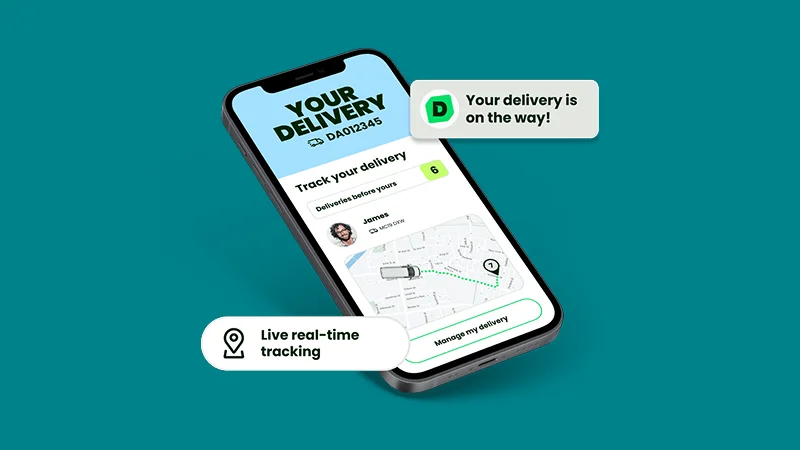In a world where speed and convenience rule consumer behavior, custom delivery apps have become essential tools for businesses across industries. Whether you’re in food, retail, pharmaceuticals, or logistics, a personalized delivery platform can set your brand apart and unlock new growth opportunities. This guide will walk you through the essentials of building a custom delivery app in 2025 — from ideation and features to tech stack and launch strategy.
Why Build a Custom Delivery App in 2025?
2025 marks a pivotal year for the delivery industry. With customer expectations reaching new heights and AI integration becoming mainstream, off-the-shelf solutions no longer meet modern demands. Businesses now seek apps tailored to their workflows, customer personas, and scalability goals.
Key reasons to invest in a custom app:
- Hyper-personalized user experience
- Enhanced operational control
- Seamless integration with internal systems
- Greater brand visibility
- Scalable infrastructure to support business growth
Key Features of a Successful Custom Delivery App
- Real-Time Tracking
- Live location tracking for both customers and admins.
- Estimated delivery times and route optimization.
- Smart Order Management
- Order scheduling, status updates, and dynamic assignment to delivery agents.
- In-App Payments
- Secure multi-payment gateways (UPI, cards, wallets, etc.).
- Notifications & Alerts
- Push notifications, SMS, and email for order updates, promos, and alerts.
- Ratings & Reviews
- Customer feedback loop to refine services continuously.
- AI & Automation
- Predictive analytics for demand planning.
- Automated dispatching and inventory insights.
Choosing the Right Tech Stack
To build a reliable and scalable app, choose a modern tech stack:
- Frontend: React Native or Flutter for cross-platform development.
- Backend: Node.js, Python (Django/Flask), or Ruby on Rails.
- Database: PostgreSQL, MongoDB, Firebase.
- APIs & Integrations: Google Maps API, Twilio, Stripe, Razorpay.
- Cloud Hosting: AWS, Google Cloud, Azure.
Design Tips for an Engaging User Experience
- Minimalist UI with intuitive navigation.
- Easy onboarding with social login and quick setup.
- Clear CTAs for order confirmation, tracking, and support.
- Dark/light mode and accessibility-first design.
Cost of Building a Custom Delivery App in 2025
Costs vary based on complexity, platforms, and features. A ballpark estimate:
- Basic MVP: $20,000 – $40,000
- Feature-rich App: $50,000 – $100,000+
- Enterprise-grade App: $150,000+
Monetization Strategies
- Commission-based model (for third-party delivery services).
- Subscription plans for vendors or customers.
- Delivery charges and surge pricing.
- In-app promotions and ads.
Common Challenges (And How to Solve Them)
- Logistics coordination: Use automated routing and dispatch tools.
- User retention: Focus on personalized experiences and rewards.
- Scaling infrastructure: Opt for cloud-native and microservices architecture.
Launching Your Delivery App: What to Keep in Mind
- Beta testing with a select user group
- Robust security and data privacy compliance
- Marketing campaigns pre- and post-launch
- Ongoing updates and feature enhancements
Final Thoughts
In 2025, custom delivery apps are not just digital tools—they’re brand extensions that drive engagement, loyalty, and revenue. By focusing on personalization, innovation, and customer-centric design, you can build a delivery app that delivers real results.
